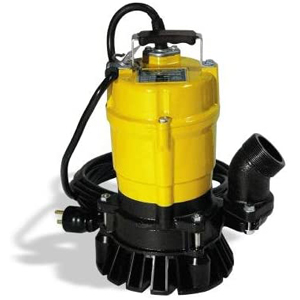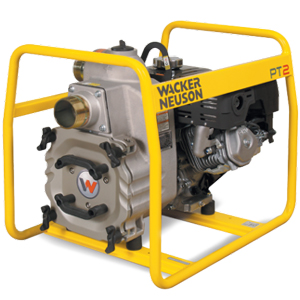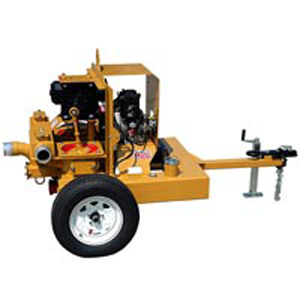Dewatering is the process of removing water from the soil. Dewatering pumps are used to lower the water table in the construction and mining industries by removing groundwater or surface water. Lowering the groundwater level makes the operation safer and more efficient for the workers.
Dewatering is often required on construction sites before subsurface excavations can begin to create foundations, shoring, or cellar spaces. Dewatering is vital to ensure safe and productive access to minerals on mine sites. Generally, mining is an ongoing process that lasts throughout the mining operation’s lifetime. Pumps that can extract water from deep inside the ground are essential for effective dewatering. There are different types of dewatering pumps, such as submersible pumps, centrifugal end-suction pumps, and well-pointing piston pumps.
What type of pump do you choose for your dewatering application? Several factors affect the answer to this question, such as the type of groundwater, the depth of the water, the geology surrounding the water, and the distance to which the water must be released.
- With a Submersible pumping unit, the pump assembly is submerged in the fluid that’s being pumped. Rather than creating a vacuum and pulling the water to the surface, the submersible pumps push the fluid to a discharge pipe on top. Submersible pumps have the advantage of being positioned on the water’s surface. What’s more, the submersible pump generally requires less operating space.
- Centrifugal end-suction pumps are the second type of pump. Pumps of this type are positioned on the surface. Consequently, the system requires the inlet hose to be extended down into the water below. Centrifugal force propels the groundwater upward. The water is discharged via an outlet pipe, often into a dewatering tank or pond, far from the actual pumping site.
- A third type of dewatering solution is the Well-point Piston Pump. These pumps operate on a positive displacement principle. Thus, they can handle either air or water without the need for a separate priming system. When these pumps run dry, they don’t cause any damage to the unit. A well-point is drilled at regular intervals around a work site before excavation begins. Depending on the depth of excavation, well-points typically have diameters between 40mm and 50mm. An automatic self-priming pump is mounted on the surface and connected to the well points. Well-point dewatering systems allow construction companies to reduce the groundwater table to make digging and drilling safer.









